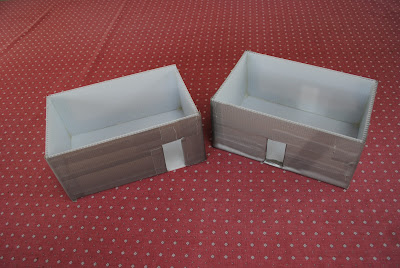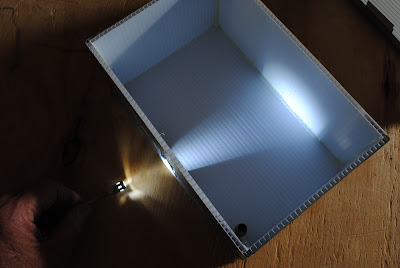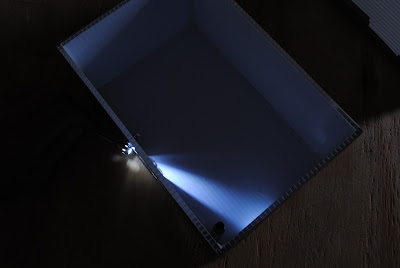Models.
They surround us, often without our knowledge. The weather forecast is the result of several models meteorologists use. Not feeling well? Your doctor will treat you based on a model. If that doesn't work, he'll try a different one. Even the news reported fits a model.
Models describe all sort of training. No matter the type of training, weight, physical, self-defense, skill development, or tactics, the activities proceed according to a model. Understanding the model gives you insights into the training.
It is also important to realize that all models are flawed. No model is perfect. Often a model illustrates one specific feature well and falls down on the rest.
Room searches take a lot of work to successfully model. Most rooms are physically different; the circumstances and available tools will vary. The most significant difference is the lack of furniture in the room and the amount of time available to set up an ambush for the searchers.
It is an ambush we are concerned about. The person in the room doesn't want to be found and will kill to prevent capture. (That's one model.) The searcher wants to find the person or persons, capture them, and if necessary, shoot them. (That's another model.)
To be clear, this is about room searches that are well illuminated by natural light or the building’s artificial light. Room searches with weapon lights in the dark, well that’s for another day.
I’ve drawn diagrams on paper, whiteboards, and in the dust. But in the absence of a quality shoot house, explanations are limited. A good shoot house takes planning and a lot of effort to be successful.
I’m trying something different. I’m using physical models of simple rooms and replacing you with a small light bulb.
 |
| The left is end-weighted while the right is center-weighted. |
Rooms are classified as center-weighted or end-weighted. A room is center-weighted if the entrance opens more or less into the middle of the room. An end weighted room has the entrance close to one end. Most of the rooms I am familiar with are end-weighted. Both types have danger corners. Danger corners are those corners you can’t see into without entering the room.
Let's start with a center-weighted room. From the outside of the room, the doorway limits what you can see of the room. The little lamp illuminates only the portion you would see. If the empty .308 cartridge was hiding from you, you would never see it in the two dark danger corners. To clear the room, you must push in past the door's threshold, check one corner, then quickly pivot to check the other.
 |
| Figure 1 The strongly lit area is all you see. Both corners are dark and the .308 is hiding in the right corner. |
 |
| Figure 2 The searcher has pied his way to the middle of the door, but can still only see parts of the room. |
 |
| Figure 3 The searcher has pied to the other side of the door, but hasn't seen the .308. Both corners are mysteries to him. |
One possible solution, for the solo searcher, is to go deeper into the room, simultaneously turning to check the second danger corner. This model is based on the premise that a moving target is harder to hit, and it is an unexpected move. The model concludes that you have the advantage since action beats reaction. There might be a flaw in that model.
The end-weighted room is a little easier. One corner will be deep and dark while the other is too shallow to hide in. In Figure 4, we can see the side and shoulder of the brass cartridge illuminated, but not where the eyes would be. In theory, we would know someone was in that corner before they saw us. The other corner is farther away as compared to the center-weighted room. The danger corner is even larger and darker and may require a significantly larger push into the room.
 |
| Figure 4 The side and shoulder of the .308 can't hide in the narrow shallow corner. The searcher sees part of the case and knows what is there. |
 |
| Figure 5 The far corner of the end weighted room is larger. Our .308 could be closer to the door and still be invisible to the searcher. |
If our technique is correct and there is a single person in the room, the model implies we should see part of them before they see any of us. As an exercise, I’ll let you find the possible assumption errors.
Lastly, or perhaps mostly lastly, in these searches, we are not looking for a person but a part of a person: a shoe sticking out, a hand or arm, part of a gun. These are all indicators. Game hunters will tell you they often initially see some of the animal. You'll see an ear twitch or a leg shift, and you'll slowly come to identify the animal. These are dangerous games, both big game hunting and room clearance.
Lastly, use this information to fill the deep shadow corners of your house. Place a floor-to-ceiling bookshelf, a massive piece of furniture an intruder can't get behind without significant room disturbance. Place a mirror that sees into that corner, anything that effectively thins the danger zone.
Comments
Post a Comment